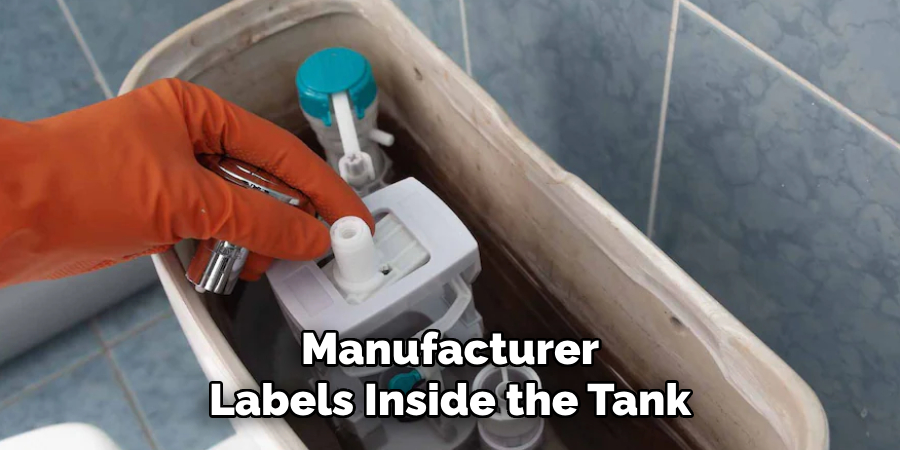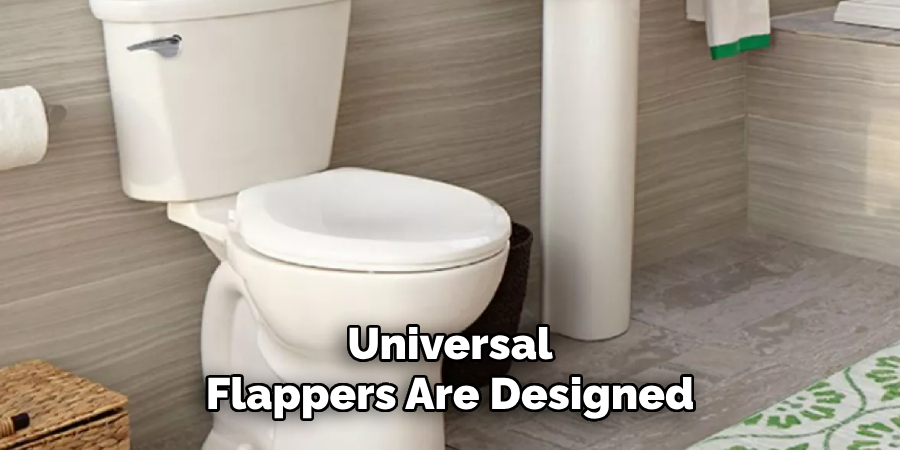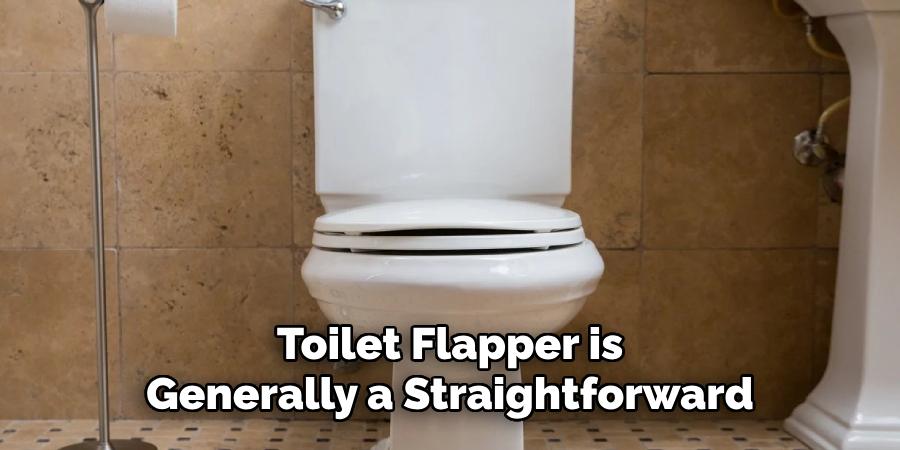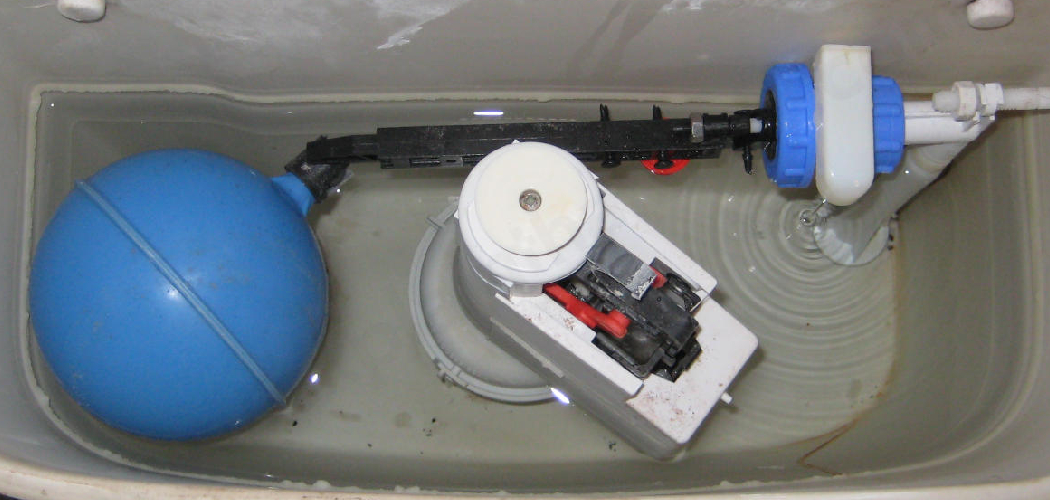When it comes to maintaining your toilet’s efficiency and preventing leaks, choosing the correct flapper size is essential. The flapper is a critical component of the toilet’s flushing system, controlling the release of water from the tank to the bowl.

Selecting the right size ensures a proper seal, minimizes water wastage, and keeps your toilet functioning smoothly. This guide will help you understand how to know what size toilet flapper with ease.
Importance of Selecting the Correct Size for Optimal Performance
Choosing the correct size toilet flapper is crucial for the overall performance of your toilet. If the flapper is too small, it may not create a proper seal, leading to continuous leaks and higher water bills. On the other hand, an oversized flapper can prevent the toilet from flushing efficiently, causing poor waste removal and repeated flushing. By selecting the right size, you ensure a tight seal, an efficient flush, and reduced water consumption, which ultimately extends the lifespan of your toilet and promotes responsible water use.
Signs That Indicate a Flapper Needs Replacement
Over time, toilet flappers can wear out due to constant exposure to water, minerals, and cleaning chemicals. Here are some common signs that it may be time to replace your toilet flapper:
- Constant Running Water – If you hear water running continuously in your toilet, the flapper may no longer be sealing properly, allowing water to leak from the tank into the bowl.
- Flush Issues – If your toilet struggles to flush completely or requires multiple flushes to clear waste, a deteriorating or misaligned flapper could be the cause.
- Visible Wear and Tear – Inspect the flapper for cracks, warping, or signs of deterioration. A damaged flapper will not create a tight seal and requires replacement.
- Higher Water Bills – An increase in your water bill may indicate a leak caused by a faulty flapper, as the constant flow of water can add up over time.
- Water Level Changes in the Tank – If the water level in your toilet tank is inconsistent or frequently low, it may point to a leaking or malfunctioning flapper.

If you notice any of these signs, replacing your toilet flapper is a simple and cost-effective way to restore your toilet’s efficiency and prevent water wastage.
10 Methods How to Know What Size Toilet Flapper
1. Measure the Diameter of the Flush Valve Opening
The most accurate way to determine the size of your toilet flapper is by measuring the flush valve opening at the bottom of the tank. First, turn off the water supply and flush the toilet to empty the tank. Once the tank is drained, use a ruler or measuring tape to measure the diameter of the opening where the flapper sits. A 2-inch flush valve opening is the most common and is typically found in older toilets, while newer high-efficiency toilets often have a larger 3-inch opening. If the opening exceeds 3 inches, you may need a specialized 4-inch flapper.
2. Check the Existing Flapper Size
Another straightforward method is to remove the existing flapper and measure its width. Start by disconnecting the flapper from the overflow tube and lifting it out of the tank. Lay it flat on a surface and use a measuring tape to determine its diameter. If the flapper measures about 3 inches across, it is likely designed for a 3-inch flush valve. Similarly, a flapper measuring around 2 inches in width corresponds to a 2-inch flush valve. Ensure that you are measuring only the flapper itself and not any attached rubber extensions.
3. Compare the Flapper with a Replacement at a Store
If you are unsure about the exact measurement, you can take the old flapper to a hardware store and compare it with available replacements. Most stores have sample flappers in different sizes that can be used for comparison. By placing your old flapper next to the new ones, you can easily determine whether you need a 2-inch, 3-inch, or a specialty-sized flapper. This method is particularly useful for those who do not have a measuring tape or prefer a visual comparison.
4. Look for Manufacturer Specifications on the Toilet
Many toilets have manufacturer labels inside the tank or on the underside of the lid that specify the required flapper size. Open the toilet tank and check for any stamped numbers, model information, or branding that might provide details

about the flushing system. If the label includes the flush valve size, you can match it with the appropriate flapper size. If no direct mention of the flapper is found, you can search for the toilet model online to find the correct replacement part specifications.
5. Identify the Toilet’s Gallons Per Flush (GPF) Rating
The amount of water your toilet uses per flush can help determine the flapper size. Toilets manufactured before 1994 typically have a 2-inch flapper and use 3.5 gallons per flush (GPF) or more. Modern toilets with a 1.6 GPF rating often have 3-inch flappers, while ultra-high-efficiency toilets using 1.28 GPF may require specialty flappers. This method works well as a general guideline, but it should be combined with a physical measurement for accuracy.
6. Examine the Shape and Design of the Flapper
Flappers come in different shapes, including standard cup-style, rubber seat disc, and tank ball designs. Most modern toilets use flexible rubber flappers that create a tight seal over the flush valve. However, older toilets may use larger rubber discs or tank balls. If your flapper has a cup-style design, it is likely either 2 or 3 inches in size. Large disc-style flappers are typically used in commercial toilets with a 4-inch flush valve. Understanding the design of your flapper can help you choose the right replacement.
7. Test a Universal Flapper for Compatibility
Universal flappers are designed to fit both 2-inch and 3-inch flush valves by adjusting their seating position. If you are unsure of your toilet’s flapper size, purchasing a universal flapper can be a quick and convenient solution. These flappers

typically have an adjustable dial or a flexible rubber seal that conforms to the opening size. Installing a universal flapper and observing its performance can confirm whether you need a specific size or if an adjustable flapper works well for your toilet.
8. Contact the Toilet Manufacturer for Assistance
If measuring and comparing do not yield clear results, contacting the toilet manufacturer can be helpful. Most manufacturers provide customer support services where you can inquire about replacement parts based on your toilet’s model number. You can find the model number stamped inside the tank or on the underside of the lid. Providing this information to the manufacturer will allow them to recommend the correct flapper size, ensuring you get an exact match for your toilet.
9. Observe How the Toilet Flushes with the Existing Flapper
The way your toilet flushes can also indicate whether the flapper is the correct size. If the flush is weak or incomplete, the flapper may be too small, restricting water flow. If the toilet flushes too forcefully or drains water too quickly, the flapper may be too large, causing excessive water use. Additionally, a flapper that does not create a proper seal can cause continuous running water. Evaluating how the toilet performs with the current flapper can help guide your decision when selecting a replacement.
10. Consult a Plumber for Professional Advice
If you are still uncertain about the correct flapper size, seeking advice from a professional plumber can ensure accuracy. Plumbers have experience with various toilet models and can quickly identify the appropriate flapper size based on the toilet’s flush valve and design. While this method may involve a service fee, it guarantees that you get the right part without trial and error. Additionally, a plumber can inspect other components of the toilet for potential issues that may affect flushing efficiency.
When to Contact a Professional
While selecting and replacing a toilet flapper is generally a straightforward process, there are situations where professional assistance may be necessary. If you have attempted multiple methods to identify the correct flapper size and still experience issues, such as leaks or poor flushing performance, it may indicate a more complex problem within

the toilet’s mechanism. Additionally, if the flush valve, fill valve, or other internal components appear damaged or malfunctioning, a professional plumber can diagnose and repair these issues effectively. Consulting a professional is also advisable if you are uncomfortable working with plumbing components or lack the tools needed for replacement. Hiring an expert ensures the problem is resolved correctly and helps prevent further damage or water waste.
Conclusion
Determining the correct toilet flapper size is essential for maintaining proper flush performance and preventing water waste. By using measurement techniques, checking manufacturer specifications, and evaluating the toilet’s flushing behavior, you can accurately identify whether you need a 2-inch, 3-inch, or specialized flapper. If uncertainty remains, using a universal flapper, consulting a manufacturer, or seeking professional guidance can help ensure a proper fit. Thanks for reading, and we hope this has given you some inspiration on how to know what size toilet flapper!

